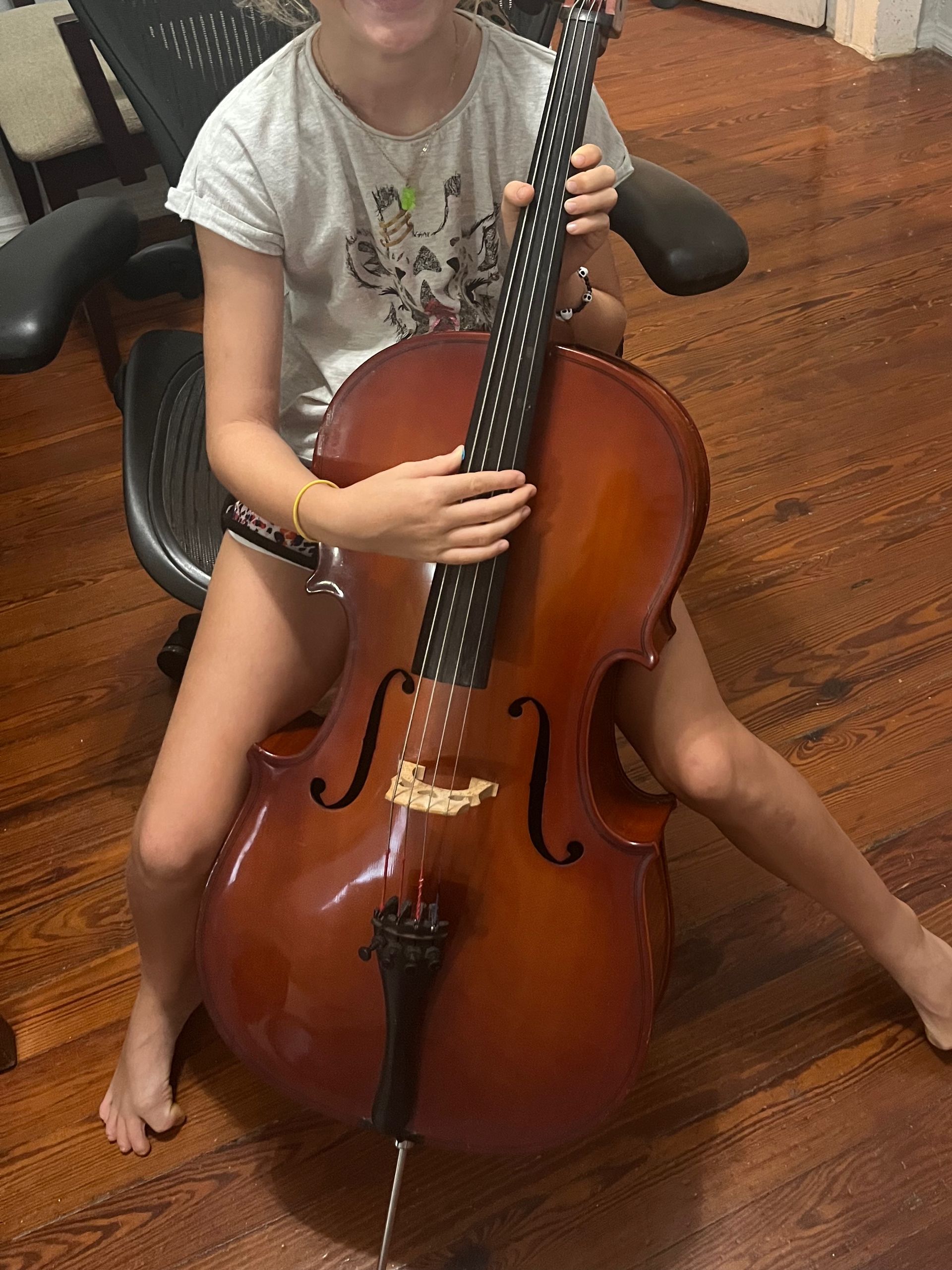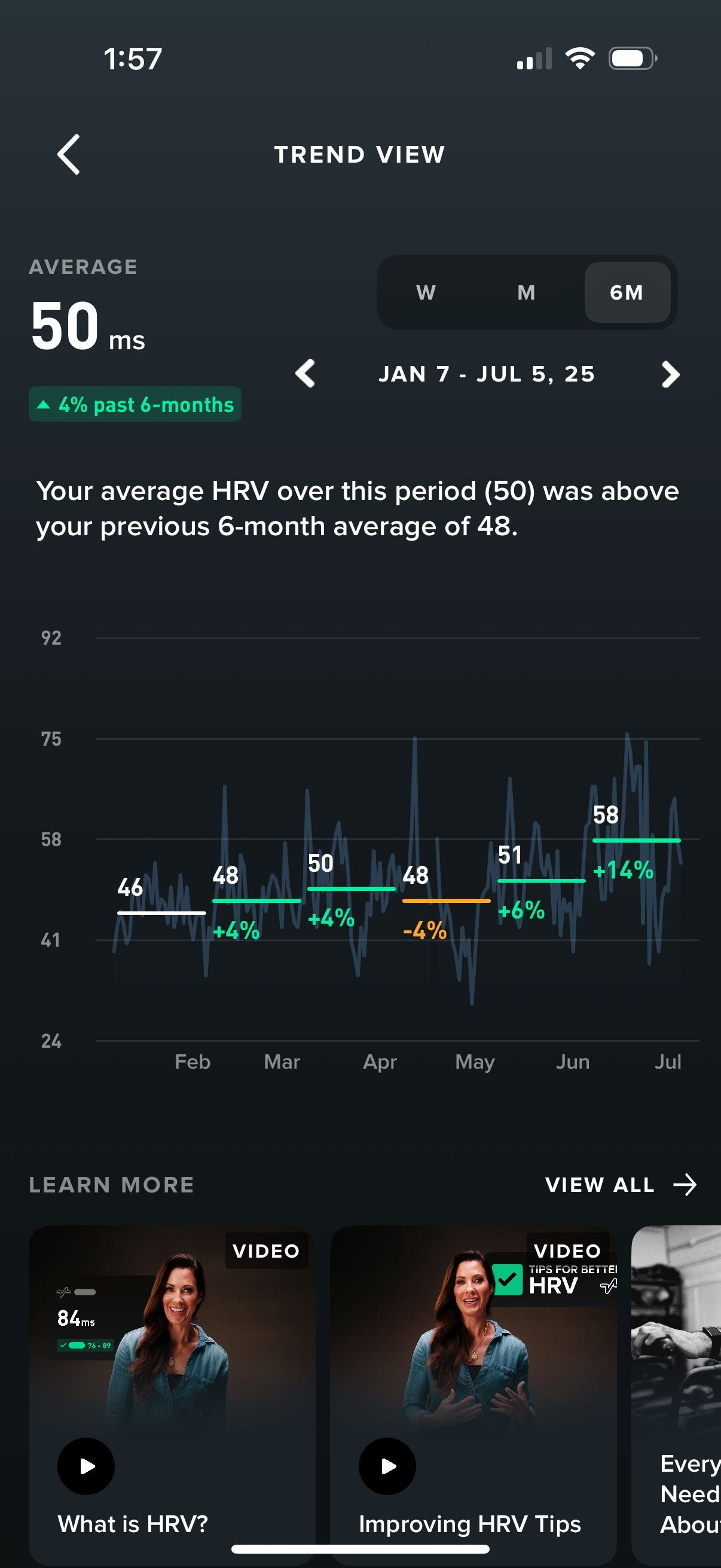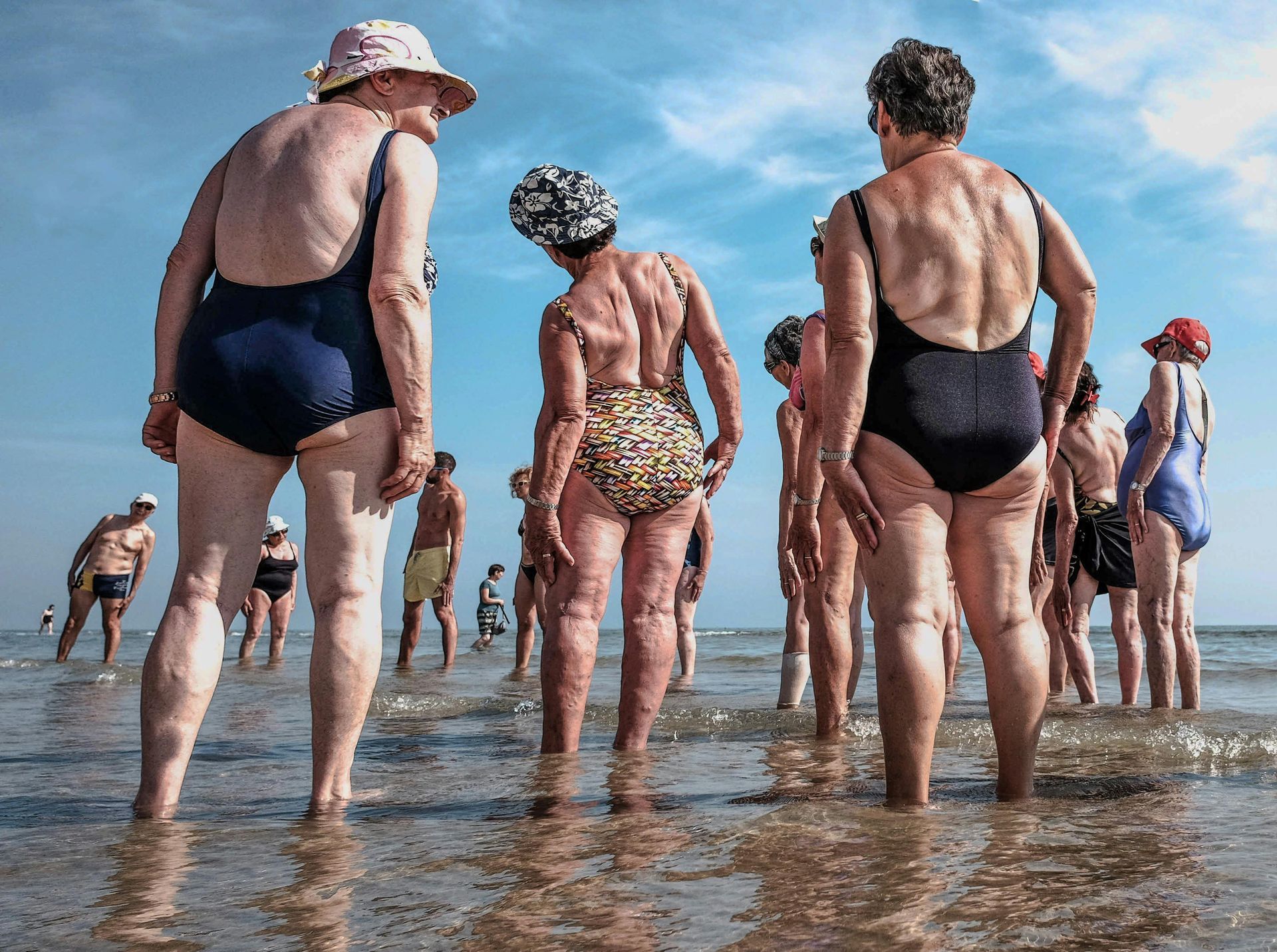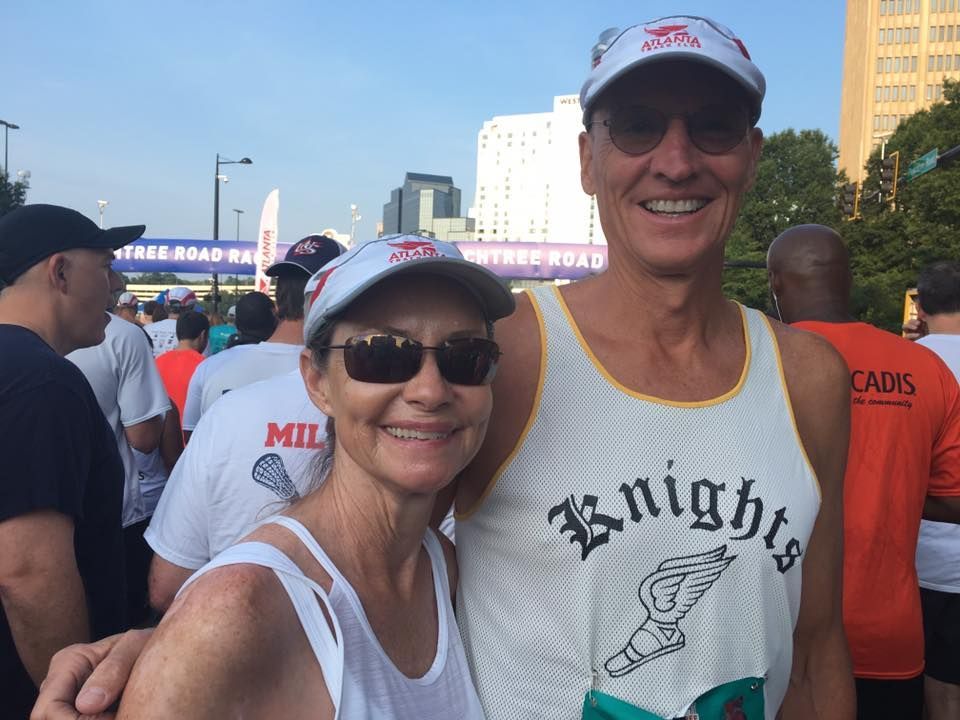Making Things Harder Than They Need to Be
In a prior article I wrote about my normal approach to my daily open water swim. Knowing I will be more tired on the way back, I typically plan to swim out against the current so that I have a little help for my return trip. However, with a 10km race coming up and there being no way to know for certain what the race conditions will be ahead of time (last year’s race had a hurricane hit the day before!), I recently decided to mix things up.
I knew the wind was coming in from the east, and yet, jumping in, I decided to start by swimming 3.5km west of my house. To say I didn’t question my decision a few times on the swim back would be a bald-faced lie.
On that decidedly longer return trip, I had time to think. As difficult as the return swim was, I kept reminding myself how much more difficult the race would be had I not prepared myself with this sort of training. I also thought back to advice my friend Gary Brantley gave me from his experience as the CIO of Atlanta when the city was preparing to host the Super Bowl: “When crisis hits, you don’t want that to be the first time you’re dusting off the playbook.” We don’t rise to the occasion, he likes to say, so much as fall back on our training.
This made me realize that there are good reasons we might want to make things more difficult on ourselves than they have to be at times. As a swimmer, in training we often chose to wear drag suits. This wasn’t just because they are more comfortable, but also because we felt and were that much faster on race day when we took them off. And this approach is not limited to swimmers. In many other sports people will train with artificial impairments such as weighted vests. It helps them build strength, both physically in getting their muscles stronger, as well as mentally that they can do things that are hard.
But it isn’t just in sports that this concept has value. A similar approach is recommended in teaching speed reading. First, turn the pages so fast that you can’t possibly comprehend what is written on them. Then, slow down from there until you can start to understand what you are reading. What would still be far faster than your normal baseline suddenly feels slow and easy. It is like slowing a car down from 60mph to 30mph. In that moment, 30mph feels very slow, whereas if you went from 0mph to 30mph that same speed would feel pretty fast. By training our eyes and mind for a more difficult situation, it makes a still difficult but slightly easier situation feel even that much easier and more doable.
This same approach of making things harder on ourselves than they need to be is one that can serve us in many guises, both professional and personal. The rationale is one part training in preparation for a challenge that might occur, and another part setting ourselves up for things to feel more achievable and easier even if the specific expected challenge never comes to pass.
Still, we must be careful we don’t overdo it. As Greg McKeown rightly points out in his book, Effortless: Make it Easier to Do What Matters Most, life doesn’t have to be as hard as we often make it. There are times where “resistance training” makes sense and is truly beneficial. Most of the time, however, we should look for the easier path. Even professional athletes and body builders don’t resistance train all the time. They do so in periodic bursts. To chronically do so would be counterproductive to their objectives of peak performance and achievement.
The same is true for the rest of us. “Resistance training,” whatever that means in a specific context, has a time and place, but we need to be deliberate in defining what those are and limiting ourselves to those specific parameters. To do otherwise is like trying to drive through life with our parking brake on.











